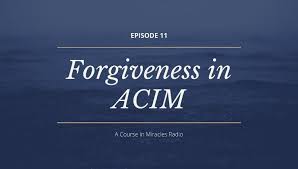Writing is an art, but publishing is a business. If you want to publish a book, you must know how to price a book. If you fail to price you a course in miracles correctly, you may be technically out of business before you sell your first book. How is this possible? Suppose you plan to sell your book in bookstores, libraries, and retail stores. Your first run of 1,000 books cost $5,000 or $5.00 each. To be competitive, you decide to set a retail price of $10.00. You are now in big trouble.
Why are you in trouble? The distribution channels you have chosen to sell your books (bookstores, libraries, etc.) will want a discounted price. If you are fortunate enough to sell directly to the bookstores, libraries, they will want a 40% discount. That means they will buy your book for $6.00. If you are required to sell your books through a wholesaler or distributors, they will want a 55% to 66% discount (by the way, bookstores and libraries prefer to order from wholesalers or distributors). At these discount rates, you must cut your price by $5.50 to $6.60. Now your sales price is down to between $3.40 and $4.50. Did you notice you are now selling your books at a loss? Remember, each book costs you $5.00.
Is this an extreme example? Absolutely. Most writers are savvy enough not to price there book too low. However, I personally have witnessed the extreme example actually occur. So how do you price your book to avoid a potential loss or marginal profit?
Before you publish a book, you must price your book at least eight times the printing and freight costs. There is no need to figure in prepress costs, such as book cover design, interior book design, etc. These are one-time charges that you should recover over time through profits you earn on your book.
Why do you need eight times? You have to allow for distribution and promotional costs. Distributors (62.5-66%), wholesalers (50-55%), bookstores, libraries, and dealers (40%) require discounts off the retail price of your book. If you charge less than eight times mark-up, you may not have enough profit to properly promote your book.
There is one additional step you must take. Go to bookstores, online bookstores (Amazon.com, BN.com, BAMM.com, etc.) to find books with subject matter similar to your book. Examine the price, page count, trim size, type of paper, type of binding, etc. Your price has to make sense in comparison to similar books. If your book is only 128 pages and similar books have over 300 pages, you may encounter difficulty charging the same price. In other words, your potential buyer may not see value in your book compared to similar books (your competitors).
After you have made comparisons, you should price your book as high as you feel your marketplace will bear. Once you do this, see if this price will still allow for the mark-up of eight times the production and freight charges. If not, you may have to limit your books sales to full retail. In other words, you may need to rely on website sales, mail order sales, and other venues that do not require discounts. In this case, your mark-up should be at least five times. Now you are ready to publish a book of your own that will have a fair chance of generating a profit level that will reward you for all your efforts.

